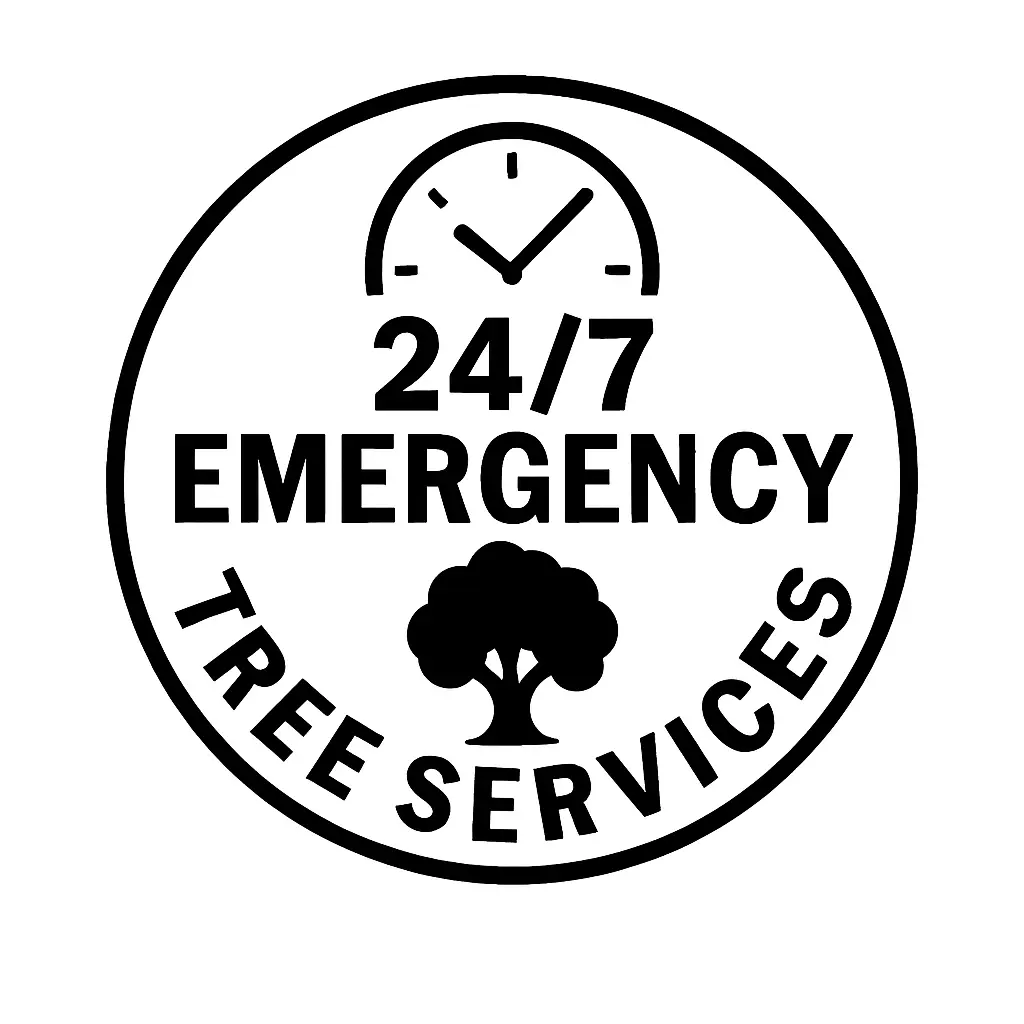Trees enhance properties with their beauty and ecological value. However, when a tree shows signs of decline, quick and knowledgeable action can make the difference between revival and removal. This guide outlines steps homeowners should take, focusing on the importance of professional intervention for safe and effective tree care.
Safety First
Before any action is taken, safety must be the top priority. Tree care, especially for large or leaning trees, can be hazardous. Always contact a professional tree service to evaluate the tree’s condition. Professionals have the necessary training, expertise, and equipment to handle tree care safely, ensuring no risk to people or property.

Leverage Professional Expertise
Engaging an experienced arborist can provide invaluable insights into your tree’s health and prognosis. Arborists possess the skills to:
- Identify Tree Species: This is crucial, as treatment methods can vary based on species characteristics.
- Assess Tree Health: They evaluate factors like lean, decay, pest infestation, or structural weaknesses.
- Recommend Treatment or Removal: Based on their findings, they can determine if a tree can be saved or must be removed for safety.
Comprehensive Tree Assessment
An arborist will thoroughly inspect the tree, considering:
- Age and Size: Older, larger trees may need different care than younger ones.
- Location and Environment: Nearby structures and soil conditions are part of the assessment.
- Visible Issues: Signs such as pest activity, root damage, or signs of disease and decay will be checked to gauge the severity of the problem.
Available Treatment Options
If the assessment indicates the tree can be saved, various treatments may be recommended, including:
- Pruning and Trimming: Removing dead or compromised branches to enhance the tree’s health and structural balance.
- Cabling and Bracing: Installing support systems to stabilize vulnerable branches and prevent breakage.
- Soil Remediation: Addressing compacted or nutrient-deficient soil to improve root health and growth conditions.
- Pest and Disease Management: Implementing treatments to control or eliminate pests and infections.
- Fertilization: Providing nutrients to promote the tree’s recovery and resilience.
When Tree Removal Is Necessary
If a tree is determined to be beyond saving, professional removal is advised. Arborists and tree services will ensure that the removal process is conducted safely, using specialized techniques to minimize property damage and hazards.
Long-Term Care Recommendations
To maintain a healthy tree post-treatment, arborists may suggest a long-term care plan. This plan could involve:
- Regular Inspections: Routine checks to monitor for any new issues.
- Scheduled Pruning: Ongoing trimming to promote healthy growth and structure.
- Fertilization and Soil Management: Continued nutrient support as needed.
- Pest and Disease Monitoring: Keeping an eye on potential threats to catch problems early.
Final Note
While homeowners can take some preventive measures, attempting to save or treat a dying tree without professional guidance can be risky and may exacerbate the problem. Consulting an arborist or tree service ensures that the tree receives the proper care needed to maximize its chances of recovery and long-term health.





